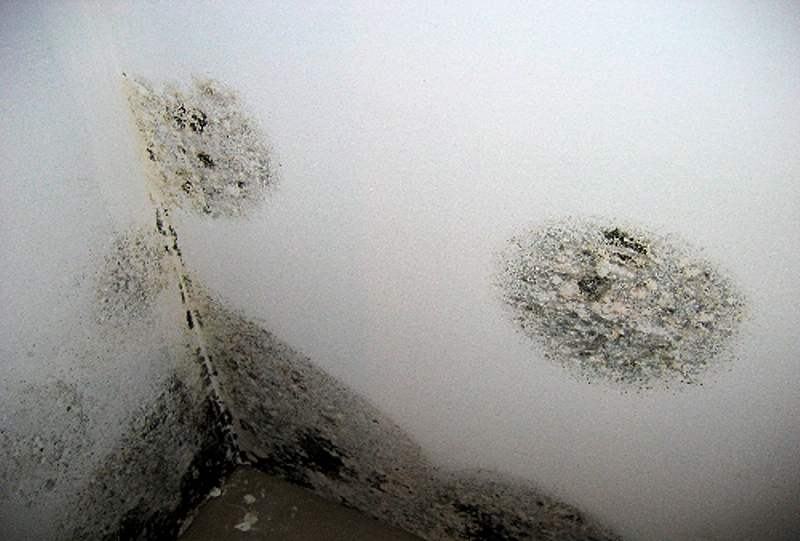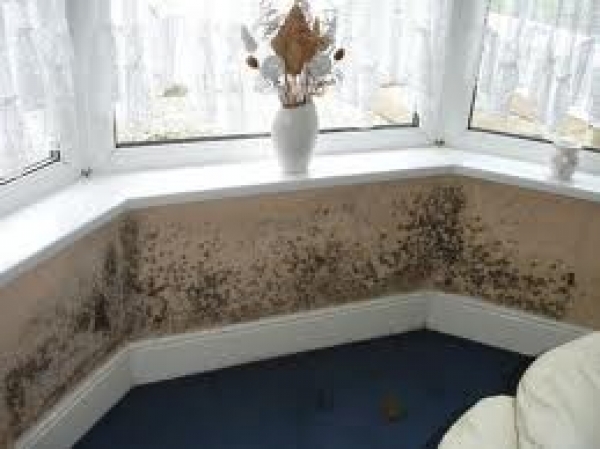Windows are often the first place in your home where you notice condensation. This means the air in your house has too much moisture in it. This excessive moisture can also cause damage elsewhere in your home, in places you can’t see, such as your walls, ceiling, floors and your attic roof. This may also cause damage to clothing inside wardrobes, decorations and soft furnishings.
Everyday activities such as cooking, washing, bathing, drying clothes and even breathing causes moisture, which is released into the air.
Condensation causes damp, and if this happens regularly the damp surface(s) can be affected by mouldgrowth (Aspergillus Niger).
What does condensation look like?
a) Water droplets on walls, window glass, around windows and in corners of rooms
b) Condensation can lead to black mould growth on walls and ceilings, furniture, clothes and curtains
c) Condensation can also lead to damp patches on wall and ceilings
d) There may also be a musty smell
How can I get rid of condensation?
We can provide an inspection of the entire property, including taking humidity measurements and inspecting problem areas. We will then provide an in-depth report indicating why condensation is occurring and ways to alleviate the problems such as heating and ventilating the property correctly, situating radiators correctly and lifestyle changes such as not drying clothes on radiators etc.
If condensation is proving a major problem, we will provide information about Positive Input Ventilation units (PIV units) which can be installed and once working, they will introduce dry air at an ambient temperature continuously into the property which will dilute and displace stale, moist air and reduce the cause of condensation within the property.
As part of the condensation survey, we also provide a leaflet written by the Property Care Association detailing condensation and ways to alleviate the problem.

